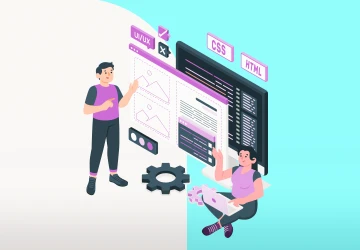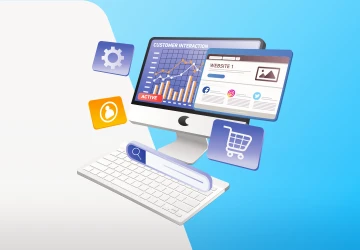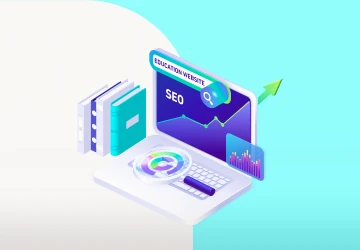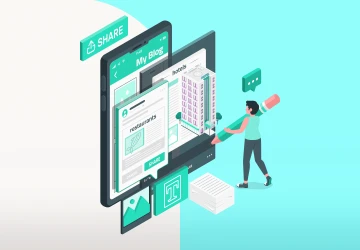Payment Gateways for Schools: What to Know Before You Choose
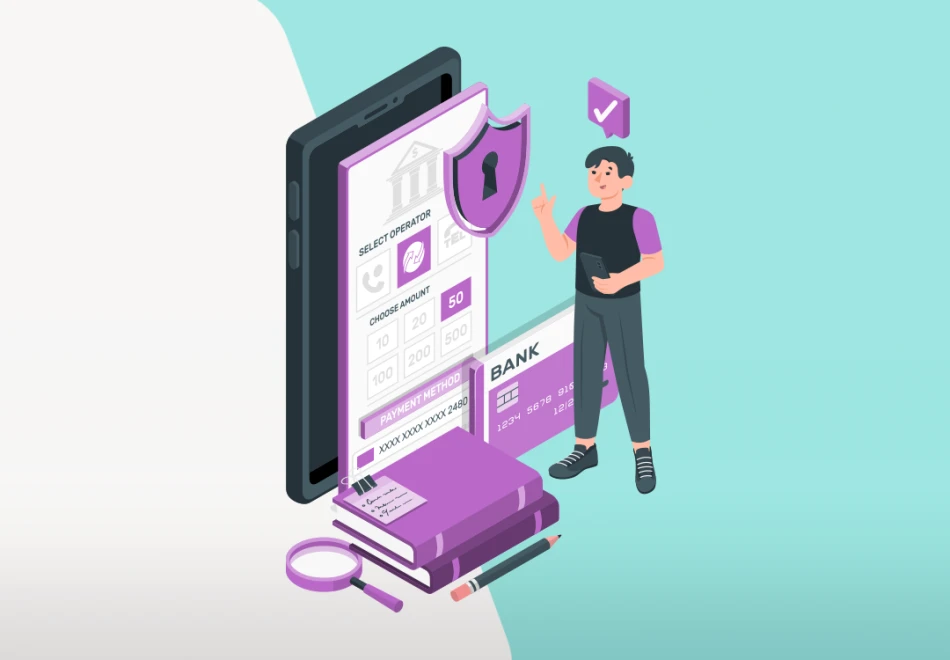
Education payment gateways are changing the way schools collect fees.
With more schools offering online tuition and needing fast, secure payments, it just makes sense to move away from cash and paper receipts.
The old way takes time, costs money, and leaves room for errors.
But digital gateways make everything easier—they save time, cut down on admin work, and keep payments safe.
That’s why I’ve put together this guide.
We’ll explore how these systems work and why they’re becoming a must-have for modern schools.
What Is a Payment Gateway?
A payment gateway is an online service that allows schools to collect payments digitally.
Think of it as a safe and secure middleman—it helps transfer money from the person paying (like a parent or student) to the school, and it does this quickly and without any hassle.
In the world of education payment gateways, this is super helpful.
Since the pandemic, more schools have started offering online tuition and digital learning options.
That also means they need a reliable way to collect fees online—whether it’s for tuition, exams, transport, or even school events.
That’s exactly what a payment gateway does.
Here’s how it works: When someone makes a payment, the gateway asks for basic details—like the card number, expiry date, and security code.
It then checks everything with the bank to ensure the payment is real and goes through smoothly.
The best part?
All of this is protected with strong security tools, so the money and information stay safe.
That’s why secure payments are a big part of what makes gateways so important.
For schools, using a payment gateway means no more paperwork, fewer mistakes, and faster payments.
Plus, parents get more choices—they can pay using cards, UPI, QR codes, Apple Pay, Google Pay, and more. It’s easier for everyone.
 Why Are Payment Gateways Essential for Schools and Universities?
Why Are Payment Gateways Essential for Schools and Universities?
In today’s fast-moving digital world, education payment gateways have become more than just a convenience—they’re a necessity.
As more industries turn to online transactions, the education sector is quickly following suit.
Studies predict that the digital payment market will surpass $50 billion by the end of 2025, and schools and universities will be a big part of that growth.
So, why are payment gateways so important for schools?
Saves Time and Reduces Hassle: No need for parents to visit the school office. Payments can be made online in minutes, anytime, from anywhere.
Maintains Steady Cash Flow: Funds are transferred directly to the school’s bank account within a few days, helping manage finances smoothly.
Supports All Types of Payments: This is not just for tuition—schools can collect fees for transport, uniforms, events, exams, and more in one place.
Improves Parent and Student Experience: With flexible payment options like cards, UPI, and wallets, families can pay when and how they prefer.
Accessible 24/7: Payments can be made day or night—even on weekends—as long as there’s an internet connection.
Cuts Down Admin Work: Digital payments reduce manual tasks, errors, and paperwork, freeing up staff for more important responsibilities.
Offers Security and Transparency: Transactions are encrypted and compliant with PCI standards. Schools get real-time tracking, and parents receive instant confirmations.
What Are the Popular Digital Payment Methods Used by Schools?
1. Online Payment Platforms
Online payment platforms make it much easier for schools to collect fees.
Parents can pay directly on the school’s website, so it’s both simple and secure from start to finish.
Once it’s linked to the school’s management system, the platform automatically updates transactions, keeps track of payments in real time, and even sends digital receipts to parents.
That means no more manual logs or piles of paperwork.
For families, this approach is super convenient.
They can handle tuition or other fees at home using a familiar credit or debit card.
So, there’s no need to visit the school office or wait in line, which makes the process far less stressful.
From the school’s perspective, online portals cut down on administrative tasks.
Staff aren’t stuck dealing with cash, writing out paper receipts, or typing up financial records by hand.
2. Mobile Payment Apps
In today’s tap-and-go world, no one wants to dig through drawers for a checkbook or wait in line at the school office.
That’s why mobile payment apps are quickly becoming a favorite for busy parents—and a smart move for modern schools.
Picture this: a parent gets a reminder about their child’s online tuition fee while on the go.
Instead of postponing it (and possibly forgetting), they open a school-friendly app, tap a few buttons, and it’s done.
No hassle. No paperwork.
Just a smooth, instant transaction—whether through Google Pay, Apple Pay, or another mobile wallet.
These apps are more than just convenient.
They’re built to fit into a school’s system, allowing real-time updates, instant receipts, and automatic tracking.
And, of course, behind the scenes, everything is backed by the same high-level encryption and compliance you’d expect from any secure payment system.
3. E-Wallets
It may look similar to online payment platforms or mobile payment apps, but e-wallets offer their own unique way of making school payments faster and easier.
What makes e-wallets even better is the extra layer of security.
Most come with built-in features like fingerprint or face recognition, which adds that extra peace of mind for secure payments.
And since everything’s stored safely inside the wallet, the whole process feels seamless—like checking out on your favorite shopping app.
For schools, e-wallets are just as convenient.
Payments are processed instantly, and everything gets recorded automatically, so there’s no chasing down receipts or sorting through paperwork.
4. Integrated Payment Gateways
Integrated payment gateways quietly do the heavy lifting.
They link parents to banks, encrypt sensitive data, and ensure every online tuition or school payment is a secure payment from start to finish.
All of this happens in the background, but the benefits are clear.
Parents see fewer errors, faster transactions, and less hassle overall.
These gateways plug right into a school’s website or system.
Parents don’t get bounced around.
They just log in, pick what they need to pay, and click.
The payment is done in seconds.
Schools can use popular names like Stripe or PayPal or choose specialized tools made for education.
Either way, transactions stay quick, safe, and easy to track.
5. Direct Bank Transfers
Direct bank transfers are still a common way for parents to pay school fees.
They log into their bank account, enter the school’s details, and send the money.
It’s a method many are used to, but it’s not always the easiest.
Unlike newer options built for online tuition payments, bank transfers don’t offer much in terms of speed or convenience.
There’s no instant confirmation, no automatic receipts, and no real-time tracking.
That means someone at the school usually has to double-check everything manually, which can be time-consuming and lead to mistakes.
On top of that, this method doesn’t offer the same built-in protection you get with today’s secure payment systems.
What Are the Top Leading Payment Gateway Options for the Education Sector?
1. ACI Worldwide
ACI Worldwide is a global leader in payment technology, trusted by thousands of organizations, including schools and universities.
With nearly five decades of experience, ACI processes billions of transactions every year through its cloud-native platform.
It’s designed to handle payments in real time across all channels, making it a reliable choice for educational institutions.
For schools, ACI offers more than just basic fee collection.
From online tuition to donations and event payments, it supports a wide range of use cases while ensuring secure payments every step of the way.
Its education-focused solution helps schools offer parents a smooth and flexible payment experience with features like automatic reminders and multiple payment options.
Pros:
Real-time payment processing (online, mobile, in-person)
Strong fraud prevention and security
Supports multiple currencies and payment methods
Integrates with school systems
Automated features (receipts, reminders, reports)
Cons:
More complex than simpler gateways
Pricing varies by service and volume
It may be too feature-heavy for smaller schools
2. Salesforce.org Elevate
Salesforce.org Elevate is an online donation and payment platform from Salesforce, often used by nonprofit and educational institutions.
It’s designed to support one-time and recurring donations, making it easy for schools and universities to collect fees and contributions.
Beyond online tuition, Elevate offers features like mobile-friendly giving pages, custom fields, and built-in compliance with standards like PCI DSS.
Because it’s part of the broader Salesforce ecosystem, Elevate can sync seamlessly with donor or student records in the CRM.
This allows schools to keep track of donations, fees, and other transactions all in one place.
It also offers ways to let donors to cover transaction fees, making the process more cost-effective for the institution.
Pros:
Easy setup for donation or payment pages
Integrates seamlessly with Salesforce
Supports one-time and recurring payments
Built-in PCI DSS compliance for secure payments
Cons:
Focuses more on fundraising than fee collection
Fees can increase with higher usage
May be too complex for smaller schools
3. PayMyTution
PayMyTuition is a cloud-based payment solution built just for schools and universities.
It helps make managing tuition and other campus payments way easier—whether it’s local fees or payments coming from overseas.
The platform connects smoothly with your school’s existing systems, so everything from billing to refunds can happen in one place.
It supports payments from over 180 countries in 135+ currencies, which is a big plus for schools with international students.
What stands out is how automated and user-friendly it is.
Payments post in real time, refunds are handled automatically, and there’s even support for things like online campus stores.
Pros:
Easy system integration
Supports global payments
Automates billing and refunds
Real-time processing
24/7 multilingual support
Cons:
May be pricey for small schools
Some features may go unused
Best suited for larger institutions
4. Paya
Maybe you’ve heard of Nuvei—it’s a big name in the world of payment tech.
Paya, part of the same group, brings that powerful tech into schools, making it a strong option in today’s education payment gateways.
It’s not built just for education, but it does the job well.
Schools can use it to collect online tuition fees, donations, and other payments, all in one place.
It supports cards, ACH, and even digital checks—so families can pay however they prefer.
One of the best parts?
It works smoothly with CRM and accounting tools, which means your admin team won’t have to juggle multiple systems or enter everything by hand.
Everything’s connected, and everything’s faster.
With over $40 billion processed each year, Paya is built for speed, scale, and secure payments.
Pros:
Accepts cards, ACH, and checks
Syncs with CRM and accounting systems
Great for high-volume payments
Backed by Nuvei’s tech and support
Cons:
Not built just for education
Setup might need tech support
Less flexible than education-specific tools
5. RazorPay
Razorpay is a well-known name in India’s digital payment world, and it’s becoming a top choice among education payment gateways.
It’s built to be fast, flexible, and easy to use, which makes it a great fit for schools, colleges, and even online learning platforms.
With Razorpay, handling online tuition payments is simple.
Parents can pay using UPI, cards, net banking, wallets, or even QR codes.
And the best part?
Schools don’t need a fancy website or a developer.
Razorpay offers no-code tools like Payment Links and Payment Pages so you can start collecting fees right away.
On the admin side, Razorpay takes care of all the tough stuff—like recurring payments, instant settlements, and bulk payouts.
It even gives you real-time updates and built-in tools to protect every transaction, so you’re always offering secure payments without the stress.
Pros:
Supports all major payment methods
Easy to set up with no coding
Handles recurring billing and fast payouts
Clean dashboard with real-time tracking
Cons:
Mostly built for Indian institutions
May need tech support for advanced setup
Lacks education-specific reporting tools
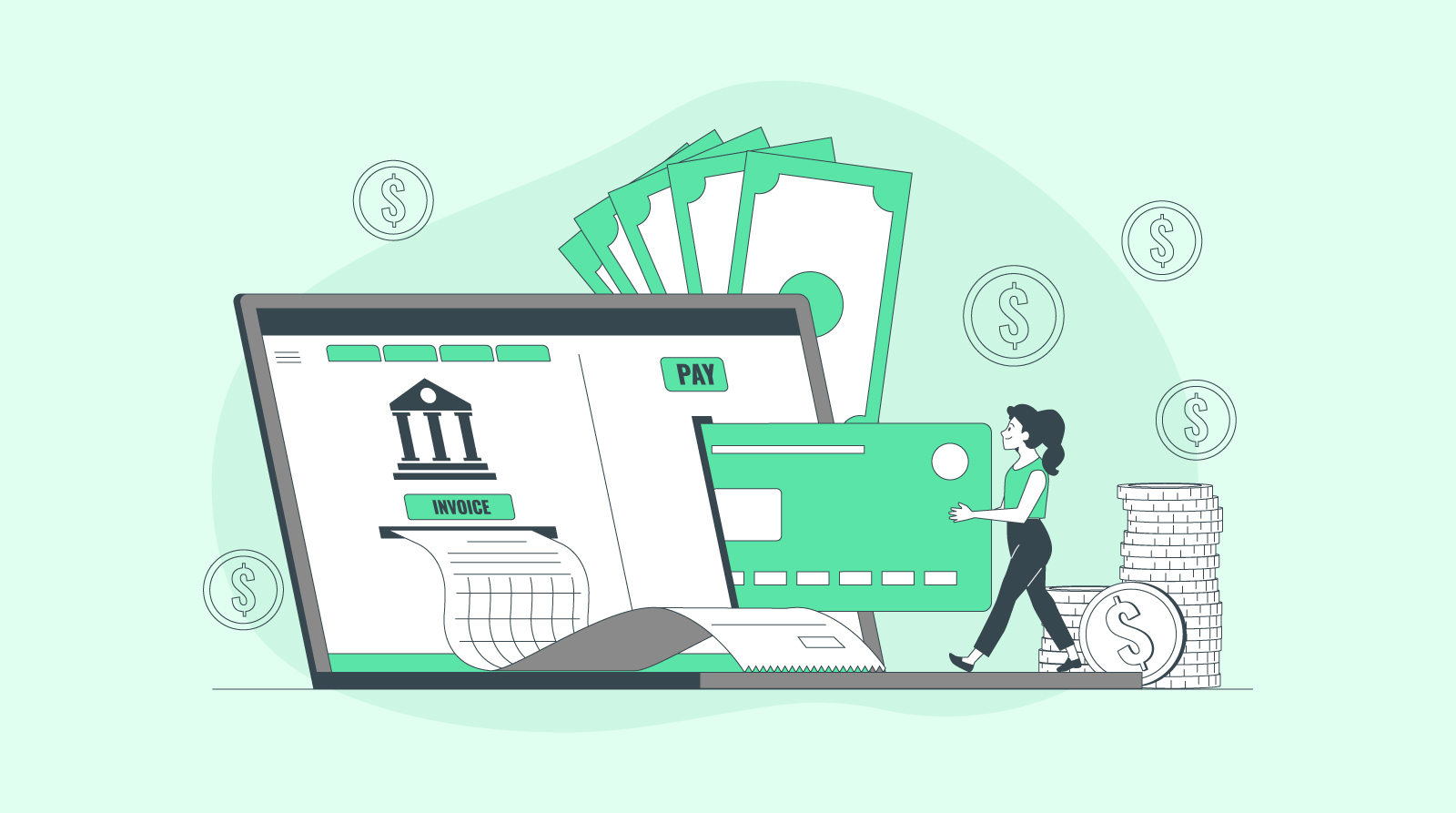
What Are the Steps to Integrate a Digital Payment System in Your School?
Switching to education payment gateways can feel overwhelming at first, but it doesn’t have to be.
With the right steps, you can have a smooth setup that benefits both your team and your school community.
Here’s how to make the move to online tuition and secure payments without the stress:
Start by Understanding Your Needs: Take a close look at the types of payments your school handles—like tuition, uniforms, transportation, and extracurriculars. Then ask: What’s not working with your current system? Are there delays, errors, or too much paperwork?
Choose a Platform Made for Schools: There are many payment platforms out there, but not all are built for education. Look for one designed with schools in mind—something that supports multiple payment types, automates reminders, and is easy to use.
Make Sure It Fits with What You Already Use: Your new system should integrate easily with your school management software. That way, student info, fee structures, and records stay synced—saving time and reducing manual errors.
Train Your Staff: Give your admin team the tools they need to use the new platform confidently. A short training session can go a long way in helping staff manage payments, track transactions, and assist parents when needed.
Let Families Know: Once everything is set up, send clear communication to parents. Walk them through how to access and use the system—whether through a simple guide, a demo video, or a Q&A session.
FAQs
Are Digital Gateways Secure for School Fee Collection?
Yes, they use encryption to protect every transaction. This ensures secure payments and reduces fraud risks for online tuition fees.
Can These Gateways Sync with Our Existing School Software?
Most education payment gateways offer simple integrations with SIS or LMS. This keeps fee records updated in real time and cuts down admin work.
What If Some Parents Still Want to Pay by Cash or Check?
You can run digital systems alongside traditional methods. Over time, many families switch to online options because they’re faster and more convenient.
Do We Need an IT Expert to Set Up and Manage a Payment Gateway?
Not necessarily—many solutions have plug-and-play options. A brief tutorial is often enough for staff to handle transactions smoothly.
Final Thoughts
As promised, we’ve covered the essentials for selecting the right education payment gateway, from core features to advanced solutions.
If you’re ready to level up, here’s a pro tip: Thoroughly assess your school’s unique needs and compare multiple platforms before settling on one.
That way, you’ll find a system that handles online tuition, ensures secure payments, and integrates seamlessly with your current setup.
Ready to modernize your school’s fee collection?
Reach out today, and we’ll guide you through choosing and implementing the ideal digital payment solution for your institution.



